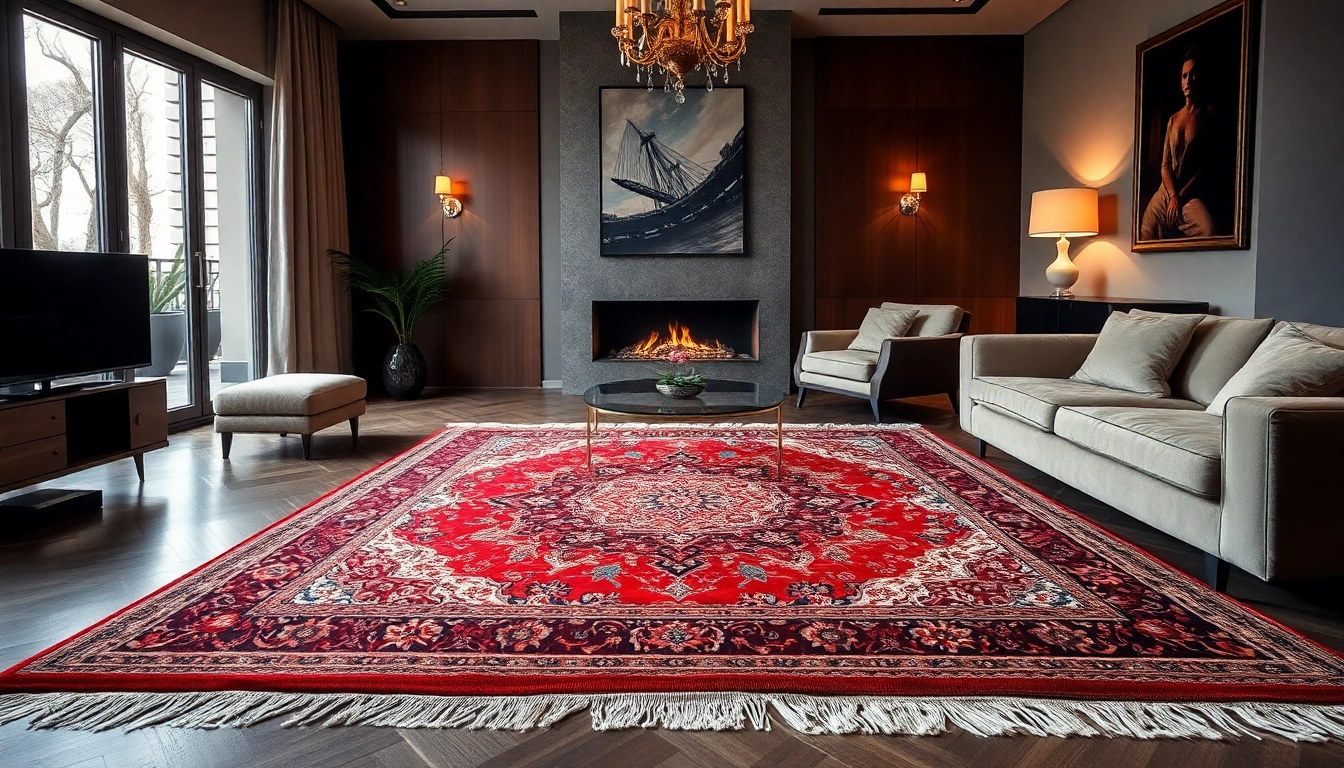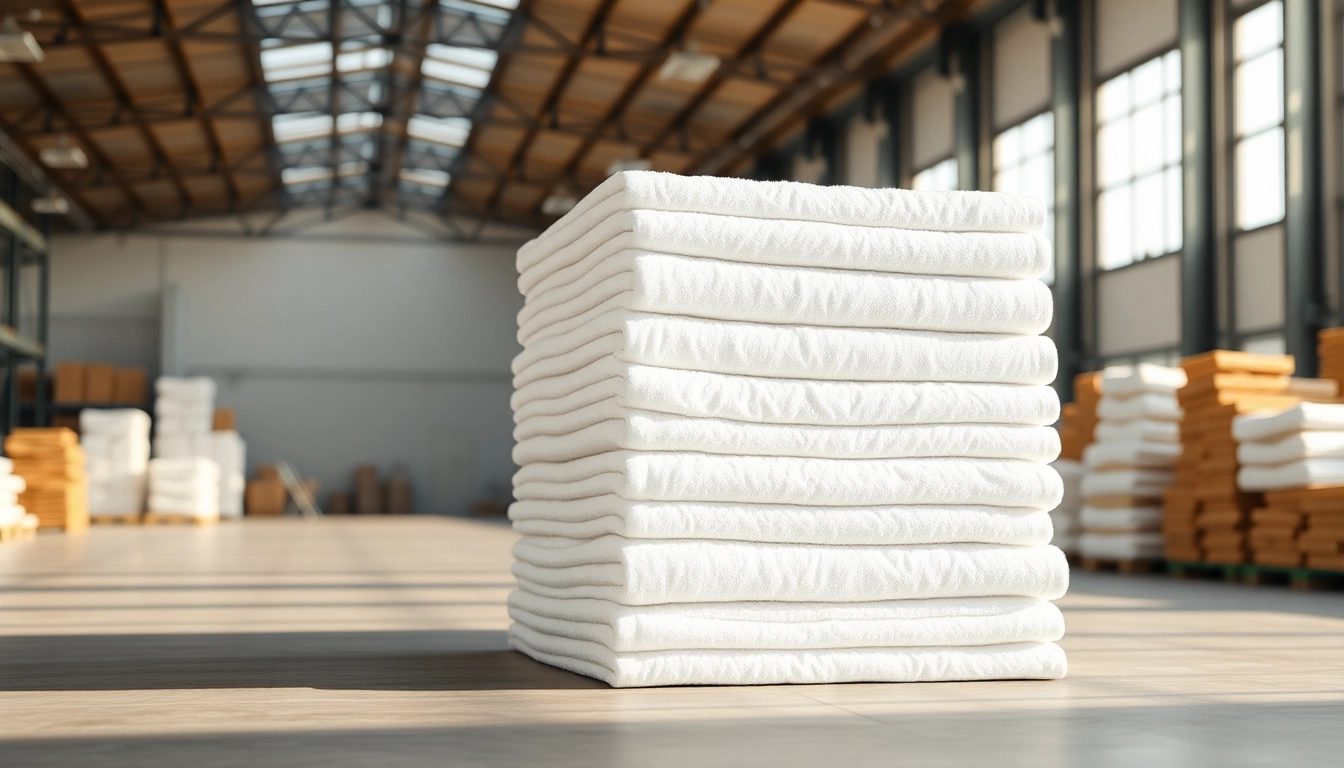Understanding the Heritage and Craftsmanship of Tappeto persiano Milano
History and cultural significance of Persian rugs in Milano
The history of Persian rugs in Milano is a testament to the city’s longstanding tradition of embracing luxury, artistry, and cultural diversity. Originating from Iran, these rugs have been prized for centuries for their intricate designs and superior craftsmanship. Milano, being a hub of fashion and design, seamlessly integrates these exquisite pieces into its aesthetic landscape, enhancing both traditional and contemporary interiors.
Persian rugs entered Milano’s decorative arts scene through trade routes and cultural exchanges that spanned centuries. Initially regarded as luxury items for nobility, their significance grew over time as symbols of status and cultural appreciation. Today, they are viewed not only as decorative accessories but also as valuable pieces of art that embody centuries of craftsmanship, heritage, and artistic expression.
If you wish to explore the finest authentic options, visit reputable sources such as Tappeto persiano Milano, where tradition meets modern demand. These rugs symbolize a blend of history and contemporary elegance, making them indispensable additions to Milano’s refined interior decor.
Traditional knotting techniques and regional designs
The beauty and durability of Persian rugs lie in their traditional knotting techniques, primarily the symmetrical (Knot Kashan) and asymmetrical (Knot Tabriz) knots. Artisans meticulously handcraft each rug, sometimes taking months or even years to complete a single piece. These techniques not only ensure resilience but also allow for the creation of intricate patterns that are characteristic of specific regional styles.
Regional designs vary considerably, reflecting different cultural influences and local motifs. For instance, Tabriz rugs are known for their detailed florals and medallions, while Qom rugs often feature elegant, fine-cut designs with silk fibers. Ghom rugs are renowned for their shimmering sheen and dense pile, representing a pinnacle of Persian luxury.
These regional styles contribute to the uniqueness and value of each rug, making an authentic Persian piece in Milano more than a decorative item: it’s a collector’s treasure carrying cultural narratives. When selecting a Persian rug, understanding these regional nuances helps ensure authenticity and investment value.
Materials and craftsmanship quality standards
Authentic Persian rugs are primarily composed of natural materials such as wool, silk, and cotton. Wool, sourced from high-quality sheep, provides softness and resilience, while silk adds luster and fineness. Cotton is typically used for the foundation, providing strength and stability. Every material choice impacts the rug’s quality, appearance, and longevity.
Craftsmanship standards in Iran and in Milano boutiques emphasize hand-knotted techniques, meticulous attention to detail, and quality control. The best rugs are handmade, with artisans adhering to centuries-old methods that ensure durability, colorfastness, and intricate design precision.
Certifications and provenance documentation are crucial indicators of quality. In addition, a dense knot count (measured in knots per square inch) often signifies higher craftsmanship. For instance, Persian rugs with over 200 knots per square inch are considered high-end, offering exquisite detail and lasting value.
When purchasing, always seek reputable sources that guarantee materials and craftsmanship, like specialized boutiques in Milano that source directly from Iran or certified restorers.
Choosing the Perfect Tappeto persiano Milano for Your Home
Key factors: size, design, and color coordination
Selecting the ideal Persian rug requires careful consideration of your space and aesthetic preferences. Size is crucial; a small rug can accentuate a specific area, while larger ones create a sense of grandeur and anchor larger rooms. Measure your room’s dimensions accurately and consider the furniture layout to choose a size that complements without overpowering.
Design and pattern are equally important. Classic floral medallions, geometric motifs, or contemporary abstracts can dramatically alter the ambiance. For modern interiors, select minimalist and neutral-colored rugs; for more traditional settings, rich patterns and vibrant hues work best.
Color coordination plays a vital role. Persian rugs offer a spectrum of shades—deep reds, warm beiges, serene blues—that can enhance or subtly blend with your existing palette. The goal is harmony; a complementary color scheme ensures your rug elevates the overall decor rather than clashing.
Differences between Persian and modern rugs
While Persian rugs are renowned for their intricate handwoven craftsmanship, modern rugs tend to emphasize cleaner lines, minimalism, and sometimes synthetic materials. The key difference lies in aesthetic and process; Persian rugs are handmade with rich motifs, dense knots, and centuries-old techniques, whereas contemporary rugs often utilize machine manufacturing, offering affordability and variety.
Authentic Persian rugs carry historical and cultural value, often becoming heirloom pieces, while modern designs prioritize versatility and ease of maintenance. However, an increasing number of artisans are blending traditional motifs with contemporary styles to create hybrid pieces that appeal to modern tastes.
When choosing between the two, consider your decor style, budget, and desire for authenticity. For a truly refined ambiance, investing in a genuine Persian rug sourced from Milano specialists guarantees a piece both luxurious and culturally rooted.
Where to find authentic Persian rugs in Milano
Milano hosts numerous specialized stores and boutiques dedicated to authentic Persian rugs. Establishments such as Tappeto persiano Milano showcase curated collections sourced directly from Iran, ensuring authenticity and craftsmanship. Reputable dealers and restoration centers also offer expert advice, restoration services, and personalized consultations.
Furthermore, exhibitions, fairs, and online platforms affiliated with trusted vendors provide additional avenues for discerning buyers. Prioritize shops with certifications, transparent provenance, and experienced staff knowledgeable about regional and material distinctions. Ensuring authenticity involves checking for certifications, provenance documentation, and reviews.
By investing in genuine pieces, homeowners in Milano not only adorn their spaces with art but also preserve a rich cultural legacy.
Maintaining and Restoring Your Tappeto persiano Milano
Cleaning tips to preserve quality and colors
Proper maintenance of a Persian rug is essential to preserve its beauty and longevity. Regular vacuuming with gentle settings prevents dust and dirt from embedding into the fibers, which can cause fading and deterioration. Avoid harsh chemicals; instead, opt for mild, pH-neutral cleaners designed for delicate fabrics.
Immediate attention to spills is crucial. Blot—never rub—using a clean, soft cloth, and consider professional cleaning for stains that cannot be removed with home remedies. Additionally, rotating the rug periodically promotes even wear and fading.
Sunlight exposure should be moderated, as UV rays can fade vibrant dyes over time. Using window coverings or UV-filtering glass can mitigate light damage while maintaining brightness.
Professional restoration and repair services in Milano
When wear, tears, or fading occur, professional restoration services are vital. Milano features expert restorers specializing in Persian rug repair, including re-knots, color restoration, and fringe repairing. Trusted centers like Tappeto persiano Milano provide tailored services that respect the rug’s historical integrity and artistic value.
Restoration involves careful analysis of dyes and fibers, matching techniques, and meticulous craftsmanship. Restorers often collaborate directly with Iranian artisans or utilize authentic materials to ensure seamless repairs that preserve authenticity.
Regular restoration not only prolongs the lifespan but also maintains the visual appeal, preserving your investment over decades.
Guidelines for long-term care and storage
For long-term preservation, proper storage is key. Roll the rug—never fold—using acid-free tissue paper to prevent creases and damage. Store in a cool, dry, and well-ventilated space away from direct sunlight, moisture, and pests.
Use a breathable fabric cover to protect against dust and insects, and periodically unroll the rug for inspection. Elevating storage space from the ground helps prevent dampness and mold.
When displaying, ensure the rug is laid flat or hung properly, avoiding sharp bends or weight points that can cause deformities.
Incorporating these practices ensures your Persian rug remains vibrant and intact for generations.
Cost and Investment Aspects of Tappeto persiano Milano
Pricing range based on size, age, and rarity
The cost of authentic Persian rugs varies widely depending on factors such as size, age, regional origin, design complexity, and rarity. Small, modern reproductions may start around a few hundred euros, while antique or rare pieces can reach tens of thousands. For example, a medium-sized, high-quality handmade rug might cost between 1,000 to 5,000 euros, with exceptional antique or silk rugs commanding even higher prices.
In Milano, discerning buyers often find a diverse price spectrum, with luxury boutiques offering the most exclusive options. Certification and provenance significantly influence value; authentic, well-documented pieces retain or appreciate in worth over time.
Value as an investment and decorative asset
Beyond their aesthetic appeal, Persian rugs are recognized as durable investments due to their craftsmanship, rarity, and cultural heritage. Well-maintained antique or limited-edition pieces tend to appreciate, especially when sourced from reputable dealers in Milano. They serve as timeless decorative assets, adding sophistication and warmth to any interior.
The investment potential is heightened when owning pieces from renowned regions like Ghom, Qum, or Tabriz, known for their exceptional quality. Proper documentation, condition, and provenance further enhance their market value.
For homeowners and collectors, acquiring a Persian rug is both an artistic and financial decision—combining beauty with long-term tangible value.
Tips for purchasing authentic and fairly priced Persian rugs
To ensure authenticity and value, consider the following tips:
- Buy from reputable dealers and boutiques in Milano with certifications and provenance records.
- Learn to recognize authentic hand-knotting versus machine-made reproductions by examining knot density, back weaving, and fringe details.
- Compare prices across trusted vendors to gauge market value.
- Request detailed information about materials, region, age, and craftsmanship.
- Seek expert advice or consult with certified appraisers when investing significant sums.
Doing thorough research and prioritizing authenticity guarantees your investment’s peace of mind and lasting beauty.
Current Trends and Popular Styles in Persian Rugs in Milano
Modern adaptations and contemporary designs
While traditional Persian rugs remain highly coveted, contemporary adaptations are increasingly popular in Milano’s dynamic interior design scene. Modern designers blend classic motifs with minimalist forms, geometric patterns, and innovative color palettes, creating versatile pieces suitable for contemporary interiors.
Silk-woven Ghom-like designs, abstract motifs, and subdued earth tones complement sleek furniture and open-plan spaces. Technology and new dyeing techniques enable artists to produce durable, vibrant rugs that honor tradition while aligning with modern aesthetics. These adaptations broaden appeal and enhance the versatility of Persian craftsmanship.
How Persian rugs influence interior decoration trends
Persian rugs have historically set trends in interior decor, inspiring layered textures, rich color schemes, and artisanal accents in home styling. In Milano, their influence persists, emphasizing a blend of elegance and cultural richness. They serve as focal points in minimalist spaces or layer well with modern furniture to add warmth and depth.
Trends highlight pairing Persian rugs with neutral palettes, metallic accents, and eclectic decor, creating a sophisticated paradox of tradition and modernity. These rugs also inspire creative arrangements, such as combining vintage and contemporary pieces for a personalized style.
Popular color palettes and patterns among Milano homeowners
In Milano, color preferences have shifted toward earthy tones like deep reds, warm ochres, forest greens, and subtle blues—colors that evoke a sense of timeless warmth and elegance. Patterns such as medallions, floral motifs, and geometric designs remain favorites, with some homeowners opting for more abstract or minimalist motifs for modern interiors.
This trend reflects a broader appreciation for the cultural depth of Persian art, combined with contemporary tastes for versatility and subdued sophistication.



